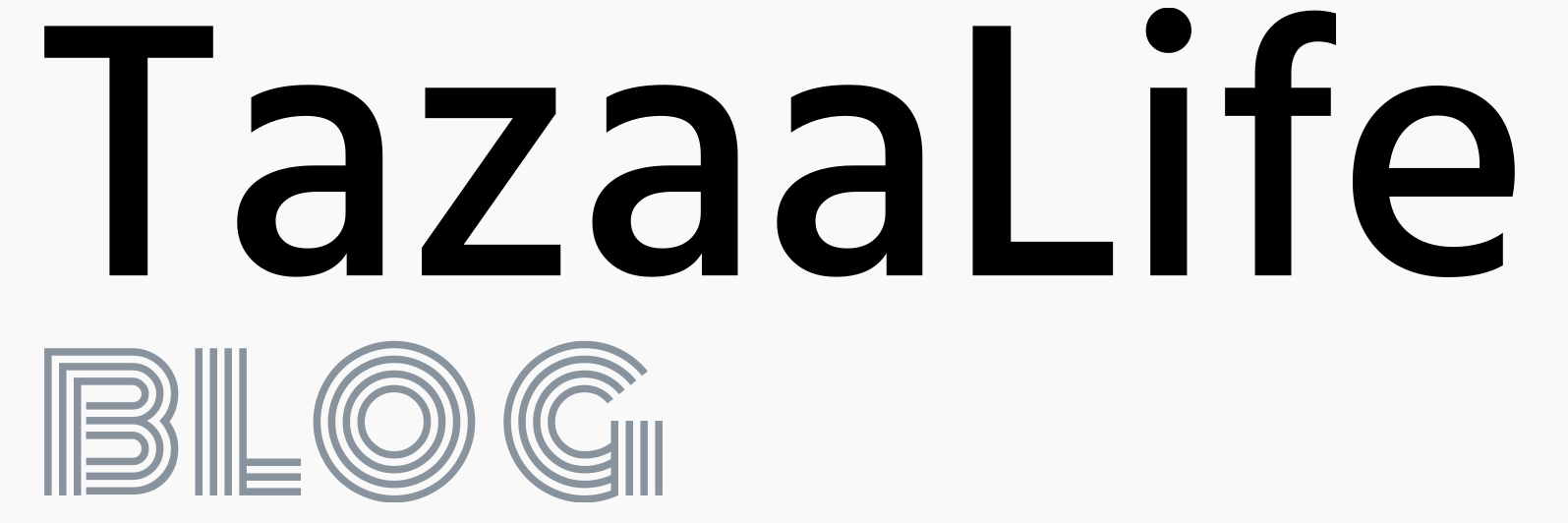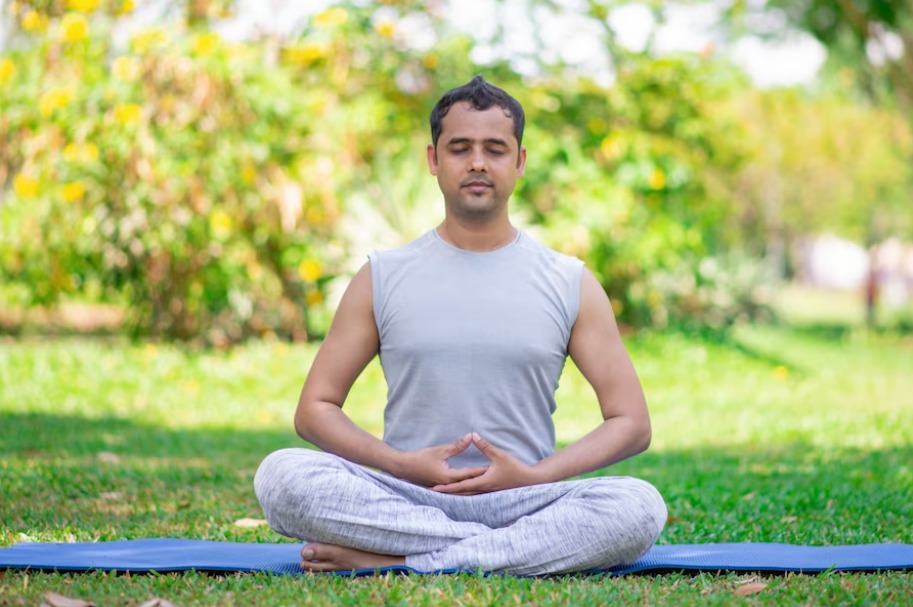Practicing meditation can help to transform oneself. Beyond the conventional understanding of stress relief, meditation unfolds as a deeply personal odyssey, a transformative exploration of the self. Let’s understand about the benefits of meditation, exploring its profound impact on the mind, body, and spirit.
Benefits of Meditation:
Stress Reduction: One of the most widely recognized benefits of meditation is its ability to reduce stress. By encouraging relaxation and calming the mind, meditation helps to alleviate the physical and mental toll that stress can take on the body.
Improved Emotional Well-being: Regular meditation practice has been linked to improved emotional well-being. It can enhance self-awareness, regulate emotions, and foster a positive outlook on life, making it a valuable tool for managing anxiety and depression.
Enhanced Concentration and Focus: The practice of sustained attention in meditation can lead to improvements in concentration and focus. By training the mind to stay present, individuals find it easier to navigate the demands of daily life with clarity and efficiency.
Better Sleep: Insomnia and sleep disturbances are common in our fast-paced society. Meditation promotes relaxation, making it an effective remedy for those struggling with sleep issues. A calm mind often translates to a restful night’s sleep.
Mind-Body Connection: Meditation encourages a deeper connection between the mind and body. As individuals become more attuned to their physical sensations, they develop a heightened awareness of their overall well-being.
Reduced Blood Pressure: Studies have shown that regular meditation can contribute to lower blood pressure. The relaxation response triggered by meditation has a positive impact on cardiovascular health.
Enhanced Creativity: By quieting the incessant chatter of the mind, meditation can unlock creativity. Many artists, writers, and innovators credit meditation for providing them with a clear mental space for creative insights.
Exploring Meditation Techniques:
Walking Meditation: In the hustle and bustle of daily life, sitting still may not resonate with everyone. Walking meditation offers an alternative approach, allowing individuals to engage in a rhythmic, mindful stroll. Each step becomes a meditation, connecting the practitioner to the earth beneath and the world around.
Sound Meditation: Rather than focusing on silence, sound meditation encourages attention to the auditory landscape. This might involve listening to soothing music, nature sounds, or even the ambient noise of your surroundings. The goal is not to escape sound but to embrace it as part of the meditation experience.
Body-Mind Movement Practices: Incorporating movement into meditation, practices like yoga, Tai Chi, or Qigong integrate the mind and body. These gentle, flowing movements serve as a moving meditation, fostering a sense of unity between physical and mental well-being.
Visualization Meditation: Visualization techniques invite individuals to create vivid mental images, exploring the power of imagination. Whether picturing a serene natural setting or envisioning personal goals, visualization meditation taps into the mind’s creative potential and enhances the meditative experience.
Mindful Eating: Transforming a mundane activity into a mindful practice, mindful eating involves savoring each bite with full attention. This technique encourages gratitude for the sustenance provided by food, fostering a deeper connection to the nourishment that sustains the body.
Incorporating Meditation into Daily Life:
Meditation is not confined to a cushion or a quiet corner; it is a living practice that can permeate every aspect of our lives. Here are ways to seamlessly integrate meditation into your daily routine:
Morning Mindfulness: Begin your day with a few minutes of mindful breathing or a short meditation. Setting a positive intention for the day and grounding yourself in the present moment can establish a harmonious tone for what lies ahead.
Mindful Commuting: Transform your daily commute into a mindful journey. Whether walking, driving, or using public transportation, use this time to practice mindfulness by observing your surroundings, paying attention to your breath, or simply being present.
Tech-Free Time: Designate specific periods of the day to disconnect from digital devices. Use this time for meditation, allowing yourself to be free from the constant stimuli that can contribute to mental clutter.
Mindful Breaks: Take short breaks throughout the day to practice mindful breathing or engage in a quick meditation. These moments of pause can rejuvenate your mind and enhance overall focus and productivity.
Evening Reflection: Wind down your day with a reflective meditation. Review the events of the day with a sense of gratitude and awareness, allowing any lingering stress or tension to dissipate before bedtime.
Nature Connection: Spend time in nature as a form of meditation. Whether it’s a leisurely walk in the park, sitting by a body of water, or simply enjoying the outdoors, nature provides a serene backdrop for contemplation and stillness.
Group Meditation: Joining a meditation group or attending guided sessions can provide a sense of community and support for your practice. Shared experiences and collective energy can enhance the depth of your meditation journey.

